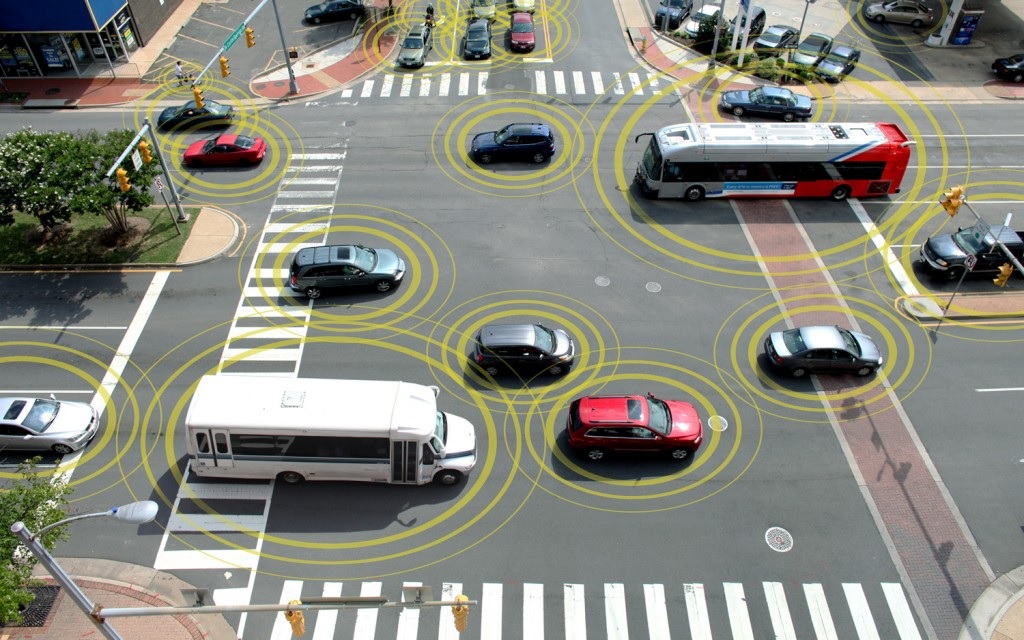Recycling in 2017 and the future will continue to be a highly debated subject around the world as we continue to grow and develop this high speed blue planet we all call home. You may know some facts about the automotive recycling industry (you can learn a few here). But it may surprise most of you that cars are the most recycled consumer product in the world.¹ Also, car recycling is one of the top industries in the United States. It is estimated that 85-90% of that car you drive in can be pulled apart and recycled when it reaches the end of its glorious life.² However, if you are keeping up with the auto industry you know that automakers are responding as fast as they can to keep up with the consumer’s never ending appetite for technology in every area of their life.
Just take a look at some of the technologies to watch for based on research by Forbes contributor Karl Brauer after attending CES and Detroit auto shows:
-
autonomous vehicles
-
driver override systems
-
biometric vehicle access
-
active window displays
-
remote vehicle shutdown
-
active health monitoring
-
four-cylinder supercars
-
personalized in-car marketing

PHOTO: Automotive Recycling Magazine, self-parking feature in the new 2017 Mercedes-Benz E-Class. http://a-r-a.org/automotive-recycling-magazine/vehicle-technology-deconstructing-new-cars-extra-sensory-perception-reality/
Just imagine what it will take for recyclers to dismantle and then reuse or dispose of in this “new” car industry? Recently an expert in the field of automotive innovations, who was quoted in an article in Automotive Recycling Magazine, reminds recyclers that all of these new technologies also means an increase in the number of parts that have higher value on the car. Consequently, the opportunity to make money for automotive recyclers will be driven by the increased vehicle complexity and the rise in value of the parts needed for repairs.
“Complexity of vehicles and value of components is going to be much higher. The number of programmable units, sensors, controllers, cameras etc. in a vehicle is increasing. The overall number of parts on a vehicle, is rapidly multiplying. While collisions will decrease, an accident can result in larger cost repairs based on part value and custom programming on parts. So far, we have not seen a need for parts decrease.” -Tanvir Arfi, Managing Director at Solera Holdings³
What’s green is good.
Looking forward in this day in age the big automotive recycling question will be total loss vs. partial loss. While vehicles are stocked with such advanced systems there will still be plenty of interchangeability of parts. The environmentally conscious generations will likely support the recycling industries green initiatives. The scrap metal market is still trying to fight its way back but the volatility there makes it tough. The modern scrap recycling yard will need to shift it’s focus to the high end parts that contribute to new technology.
“The automotive recycling industry already carries the reusability carbon footprint green flag,” says Arfi. “We need to celebrate this green potential.”
In conclusion cars are changing fast. Take a look at any new report coming from the 2017 Detroit Auto Show for a clue of whats coming. Profit will be there in the future for automotive remarketing. However, staying with the status quo and not positioning yourself ahead of the curve will leave remarketers out on the streets.
So what do you do with your old car after your buy into this “new” car market? Donating a car is always a good opportunity to support a charity. If you are wondering how to donate a car it’s actually quite easy. Simply visit www.cardonationwizard.com for tips and to start the process.
-
https://www.thebalance.com/auto-recycling-facts-and-figures-2877933
-
http://a-r-a.org/what-we-do/industry-statistics/
-
http://a-r-a.org/automotive-recycling-magazine/vehicle-technology-deconstructing-new-cars-extra-sensory-perception-reality/
-
http://www.forbes.com/sites/kbrauer/2015/01/19/top-10-advanced-car-technologies-by-2020/#c4f368cb9381

